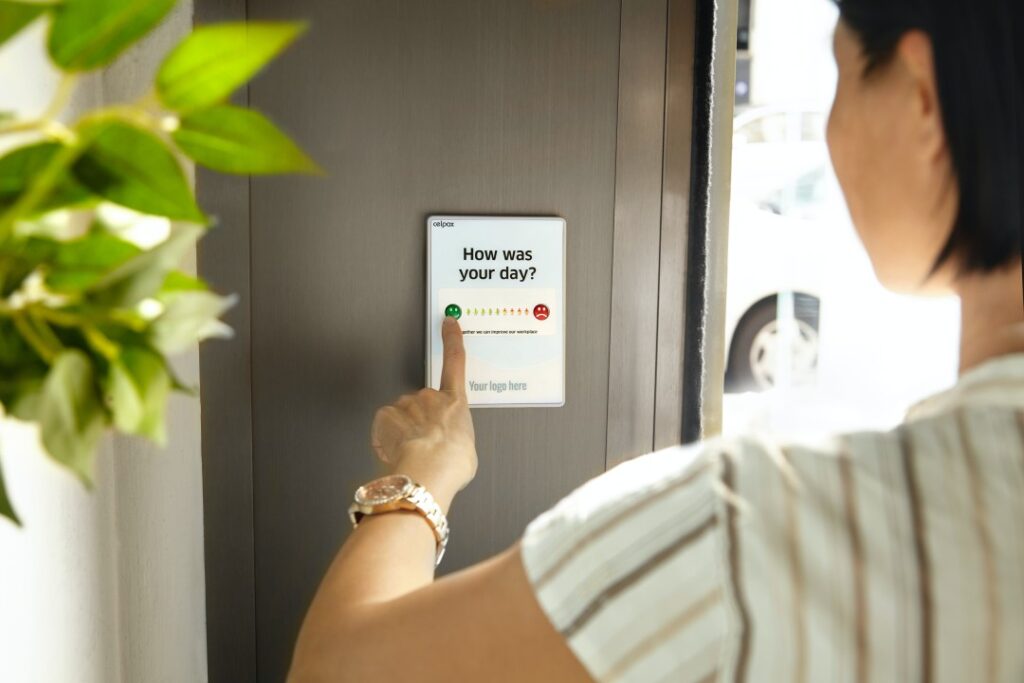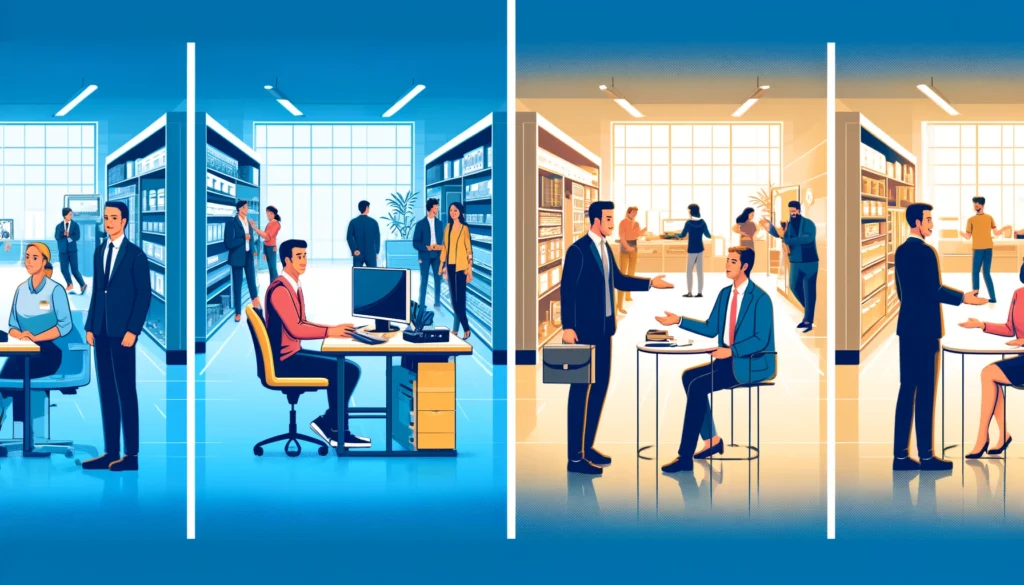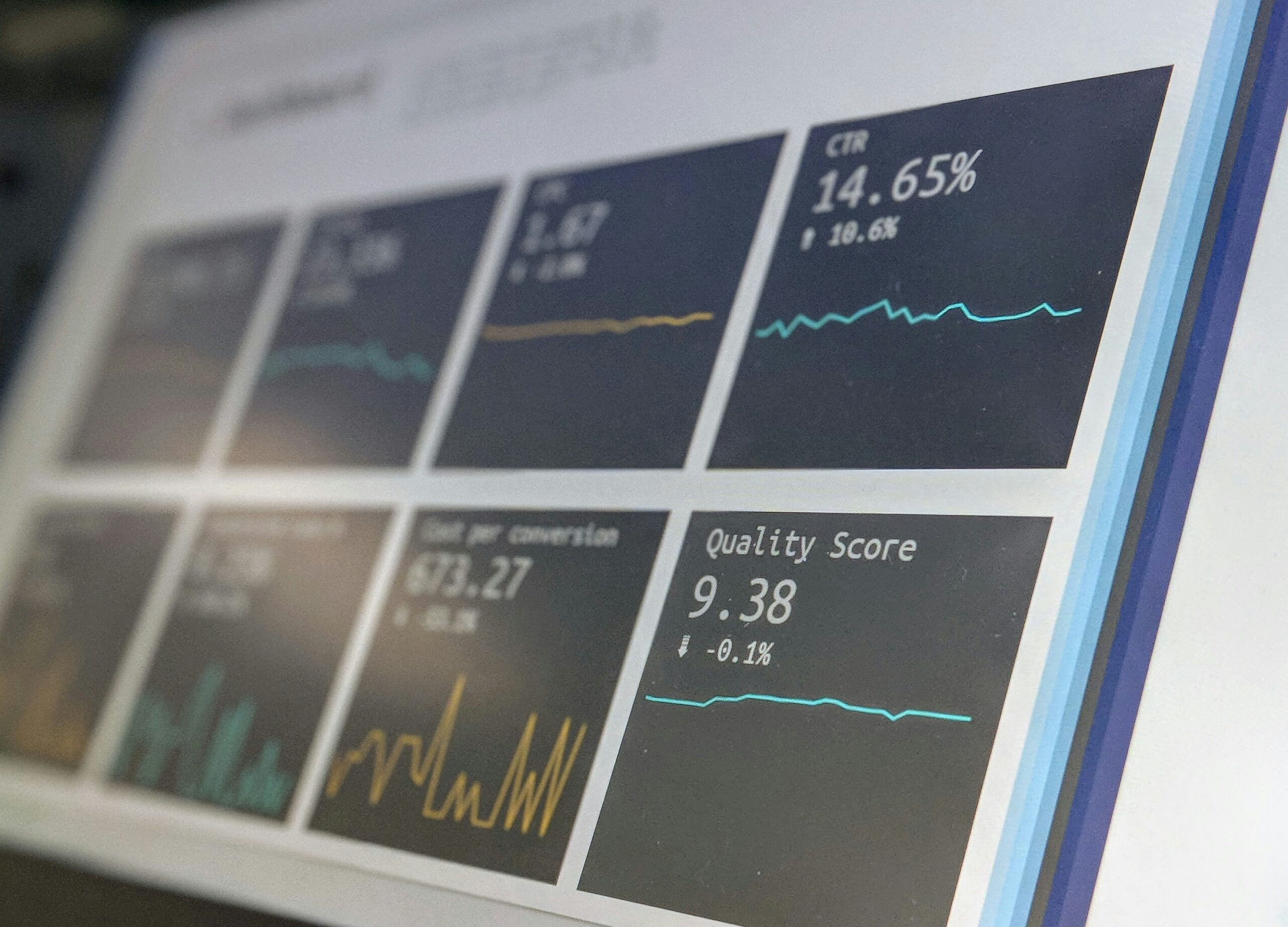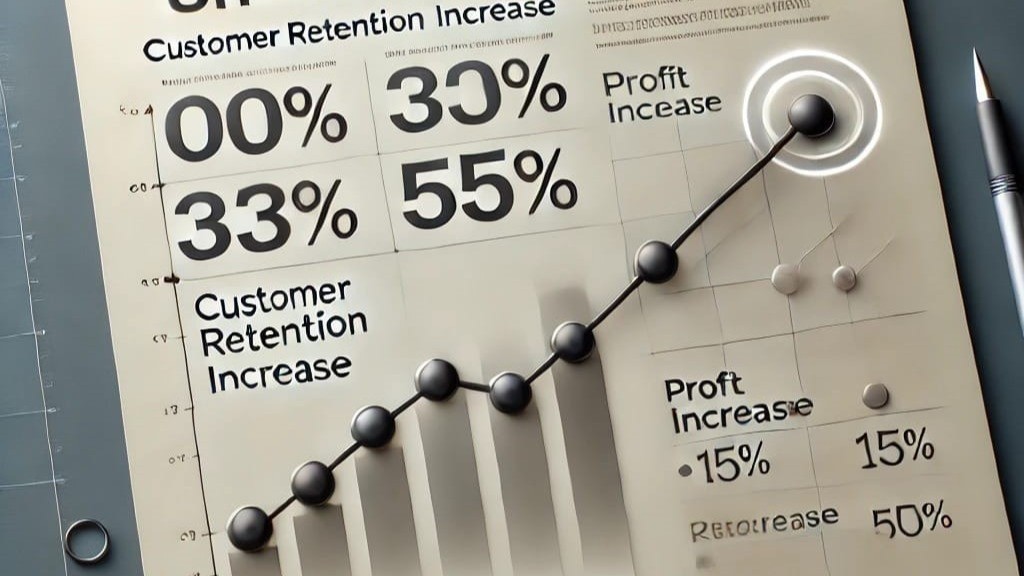Is there a correlation between Customer Experience & Employee Experience.

Is there a correlation between Customer Experience & Employee Experience.
Can Human Resources (HR) draw several lessons on employee experience (EX) from customer experience (CX)?
What is so unique about Apple, Amazon, Starbucks, Singapore Airlines, Taj Hotels etc. Customer Experience.
These companies have used consumer experience as a competitive advantage by understanding their target customers’ needs, preferences, and pain points, and then designing and delivering exceptional experiences at every touchpoint. By prioritizing consumer experience, these companies have built strong brand loyalty and a competitive edge in their respective industries.
Customer experience refers to the overall perception and interaction that customers have with a particular product, service, brand, or company throughout their entire journey, from initial contact to post-purchase support. It encompasses every touchpoint and interaction a customer has, including browsing, purchasing, customer service, and beyond. Consumer experience is a crucial aspect of business success, as it directly impacts customer satisfaction, loyalty, and advocacy.
Employee experience refers to the sum total of all interactions, experiences, and perceptions an employee has throughout the Employee Life Cycle and their journey with an organization. It encompasses various aspects, such as the work environment, company culture, leadership style, job responsibilities, career development opportunities, and the overall support and recognition provided by the organization.
Organizations that prioritize employee experience understand the importance of creating a positive and inclusive work environment. A positive employee experience focuses on creating an environment where employees feel engaged, valued, and motivated. It emphasizes the well-being and satisfaction of employees, recognizing that their experiences directly impact their productivity, performance, and commitment to the organization.
In his article Personalizing the Employee Experience by Navigating Paradox, Dave Ulrich emphasizes that “Employee experience is a lead indicator of the ability of an organization to reinvent strategy, serve customers, increase investor confidence, and build community reputation.”
Is there a correlation between Customer Experience & Employee Experience. Can Human Resources (HR) draw several lessons on Employee experience (EX) from Customer experience (CX)?
What is Consumer Behaviour
Understanding consumer behavior is indeed crucial for providing a superior customer experience. By gaining insights into how and why customers make purchasing decisions, businesses can tailor their products, services, and interactions to meet customer needs and expectations. Here’s why understanding consumer behavior is essential for delivering a superior customer experience:
Personalization: Consumer behavior insights help businesses understand individual preferences, motivations, and buying patterns. This knowledge enables companies to personalize their offerings, marketing messages, and recommendations, creating a more tailored and relevant experience for each customer.
Anticipating Needs: By studying consumer behavior, businesses can identify common pain points, challenges, and desires of their target audience. This allows them to proactively address customer needs and provide solutions before customers even express them, enhancing the customer experience.
Effective Communication: Understanding consumer behavior helps companies communicate with their customers in a way that resonates and engages them. By knowing their preferred communication channels, language, and information-seeking behavior, businesses can deliver targeted messages that are more likely to capture attention and drive desired actions.
Customer Journey Mapping: Analyzing consumer behavior allows businesses to map out the customer journey, identifying touchpoints and opportunities to optimize the experience. By understanding the key decision-making moments and pain points along the journey, companies can make strategic improvements and provide a seamless and satisfying experience.
Competitive Advantage: Deep insights into consumer behavior can give businesses a competitive edge by identifying unmet needs or untapped opportunities in the market. By understanding why customers choose certain products or brands over others, businesses can position themselves more effectively and differentiate their offerings to deliver a superior customer experience.
Continuous Improvement: Consumer behavior research is an ongoing process that helps businesses stay attuned to evolving customer preferences and trends. By continuously monitoring and analyzing consumer behavior, companies can adapt their strategies, offerings, and experiences to stay ahead of the curve and meet changing customer expectations.
Examples of companies that have successfully leveraged consumer experience to differentiate themselves from competitors:
Apple: Apple is renowned for its exceptional consumer experience across its products and services. From the sleek design and user-friendly interfaces of its devices to the seamless integration between hardware, software, and services, Apple has created a cohesive and delightful consumer experience. Their emphasis on customer service, with dedicated Apple Stores and knowledgeable staff, further enhances the overall experience.
Amazon: Amazon has revolutionized the retail industry by prioritizing customer experience. Their focus on fast and reliable delivery, hassle-free returns, and personalized recommendations has created a loyal customer base. The company’s commitment to customer service and convenience, exemplified by initiatives like Amazon Prime and one-click purchasing, has set them apart in the e-commerce landscape.
Zappos: Zappos, an online shoe and clothing retailer, has built its reputation on exceptional customer service. They have a customer-centric culture that emphasizes going above and beyond to exceed customer expectations. Zappos’ commitment to free shipping, a generous return policy, and their renowned customer support team has helped them stand out in a competitive market.
Airbnb: Airbnb disrupted the hospitality industry by providing a unique and personalized travel experience. By connecting travelers with local hosts, Airbnb offers a more immersive and authentic experience compared to traditional hotels. They prioritize user reviews, ensuring transparency and building trust within their community. The platform’s user-friendly interface and streamlined booking process also contribute to a positive consumer experience.
Starbucks: Starbucks has created a distinctive consumer experience centered around its stores and the coffee-drinking experience. They focus on creating a welcoming ambiance, well-trained baristas who personalize orders, and offering a wide range of customizable products. Starbucks’ emphasis on consistency and customer engagement has helped them build a strong brand and a loyal customer base.
Taj Hotels, a renowned luxury hotel chain, has established itself as a leader in the hospitality industry by leveraging customer experience as a key competitive advantage. Taj Hotels achieves this through personalised service, enabling ambiance, personalised culinary experience, loyalty programs, in-room automation, digital concierge services. These factors combine to create a differentiated and memorable experience for guests, positioning Taj Hotels as a leader in the industry.
These examples highlight how companies have used consumer experience as a competitive advantage by understanding their target customers’ needs, preferences, and pain points, and then designing and delivering exceptional experiences at every touchpoint. By prioritizing consumer experience, these companies have built strong brand loyalty and a competitive edge in their respective industries.
What can HR learn from the Customer Experience for providing a Superior Employee Experience
Consumer Behaviour: By gaining insights into how and why customers make purchasing decisions, businesses can tailor their products, services, and interactions to meet customer needs and expectations. Similarly HR can try to understand employee behaviour as to why employees join or leave organisations and accordingly tailor make their employee value proposition.
Importance of empathy: Just as customers expect companies to empathize with their needs, employees also expect their organization to understand their needs and concerns. HR can learn from CX to develop an empathetic approach to EX. They can listen to employee feedback, identify pain points, and take steps to address their concerns.
User Experience Design: Consumer behavior insights inform user experience design, ensuring that products and services are intuitive, easy to use, and aligned with customer expectations. This leads to smoother interactions, reduced friction, and an overall positive experience. Similarly can HR drawn insights from Employee behaviour and experience and design their HR offers that are in intuitive, easy to use, and aligned with employee expectations.
Continuous feedback: CX relies heavily on collecting and analyzing customer feedback to improve the overall experience. Similarly, HR can implement continuous feedback mechanisms to measure and improve the employee experience. Regular pulse surveys, focus groups, and one-on-one meetings can provide valuable insights into the employee experience.
Personalization: Customers appreciate personalized experiences, and the same is true for employees. HR can personalize the EX by understanding the unique needs and preferences of each employee. This can be done by providing customized development plans, flexible work arrangements, and tailored recognition programs. Dave Ulrich has drawn up the evolution of Employee Experience and refers to Personalisation as the highest level of Employee Experience.
Consistency: CX requires consistency across all touchpoints to ensure a seamless experience for the customer. Similarly, HR can strive for consistency in the employee experience by ensuring fairness, transparency, and equity across all HR processes, from hiring to performance management.
Employee journey mapping: CX often involves mapping out the customer journey to identify opportunities for improvement. HR can use a similar approach to map out the employee journey and identify pain points, challenges, and opportunities to improve the employee experience.
Employer branding: Just as companies need to build a strong brand to attract and retain customers, HR can focus on building a strong employer brand to attract and retain top talent. This can be done by highlighting the organization’s culture, values, and mission in recruitment efforts and employee communications.
Communication: Effective communication is critical to both CX and EX. HR can learn from CX to ensure clear, transparent, and timely communication with employees. This can be done through regular updates, open-door policies, and using various communication channels to reach employees at different levels.
Collaboration: In CX, collaboration across departments is essential to provide a seamless experience for customers. Similarly, HR can foster collaboration across departments to improve the employee experience. This can be done by encouraging cross-functional teams, sharing best practices, and recognizing and rewarding teamwork.
Data analytics: CX relies heavily on data analytics to understand customer behavior and preferences. Similarly, HR can use data analytics to understand employee behavior, preferences, and engagement levels. This can be done through employee engagement surveys, performance metrics, and other HR analytics.
Continuous improvement: CX is an ongoing process of continuous improvement. HR can apply the same approach to EX by regularly reviewing and improving HR processes, policies, and programs. This can be done through regular audits, benchmarking against industry standards, and soliciting feedback from employees.
Companies that prioritize consumer experience recognize the value of creating positive, memorable interactions at every stage of the customer journey. By focusing on delivering exceptional experiences, businesses can differentiate themselves from competitors, build strong customer relationships, and drive growth.
Similarly when Organizations should recognize that investing in employee experience can lead to improved employee retention, higher productivity, increased customer satisfaction, and a stronger employer brand. By focusing on the well-being and engagement of their employees, companies can create a positive workplace culture that attracts and retains top talent, which in turn can positively impact the overall success of the organization.
Studies collectively demonstrate that investing in employee experience yields several benefits for companies. Engaged and satisfied employees are more likely to deliver exceptional customer service, contribute to innovation, and stay committed to the organization’s goals. This leads to improved customer experiences, increased productivity, reduced turnover, and ultimately, a competitive advantage in the marketplace.






Responses